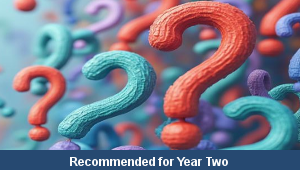Sound Match ng

This English teaching pack for Key Stage One gets the children to investigate and record the spelling and meaning of a range of different words that end with the final phoneme sound of ng.
The class can identify, match, list and illustrate words with the same final phoneme sound of ng to utilise when composing texts for different functions and purposes.
Download this teaching pack including display posters, classroom activities and an interactive presentation to investigate and record the spelling and meaning of a range of different words that end with the final phoneme sound of ng
Activities in this teaching pack include display posters to identify words with the same final phoneme sound, a set of cards to match the onset and rime to identify the spelling of words with the final phoneme sound of ng and worksheets to identify and record the spelling and meaning of different words with the same final sound of ng.
The interactive presentation gets the children to explore the the spelling and meaning of a range of different words with the final sound phoneme of ng.
This lesson is part of an English scheme of work to get the children to identify, match and practise spelling a range of different words with the same final phoneme sounds. There are teaching activities for shared learning, differentiated worksheets to support independent learning and interactive presentations to introduce concepts and key skills.
-

Maths Measurement Assessment
Assess abilities in estimating, measuring and comparing a range of different measurements for length, mass and capacity
-

Family Life
Investigate and reflect on some of the special events and experiences that might happen in the life of a family
-

Final Sounds Word Guess
Practise playing some guessing and matching games to identify the spelling and meaning of words with different final sounds
-

Building Reports
Explore how to collect facts and information to work with when composing and presenting non-chronological reports about buildings that can be found in the local area
